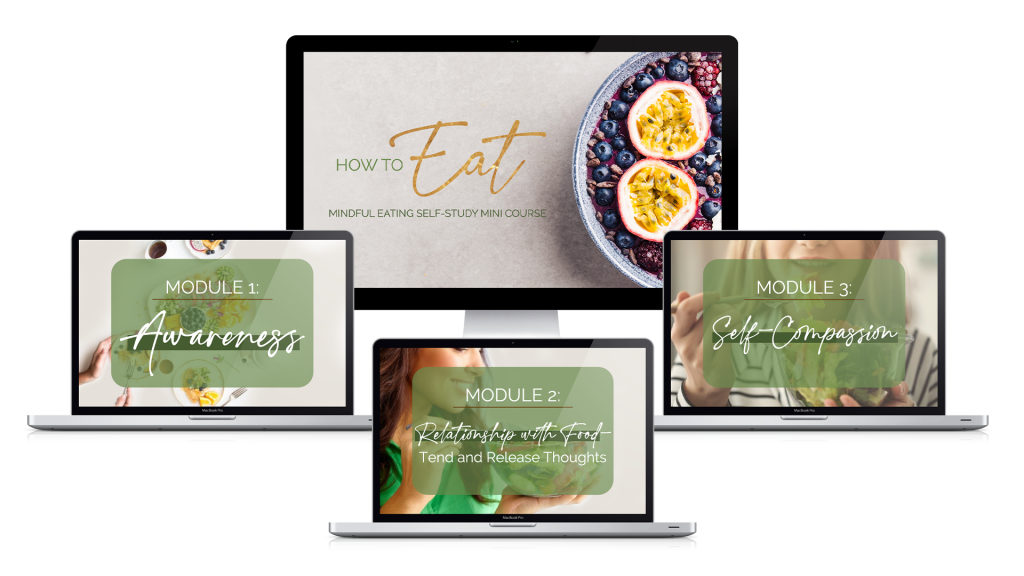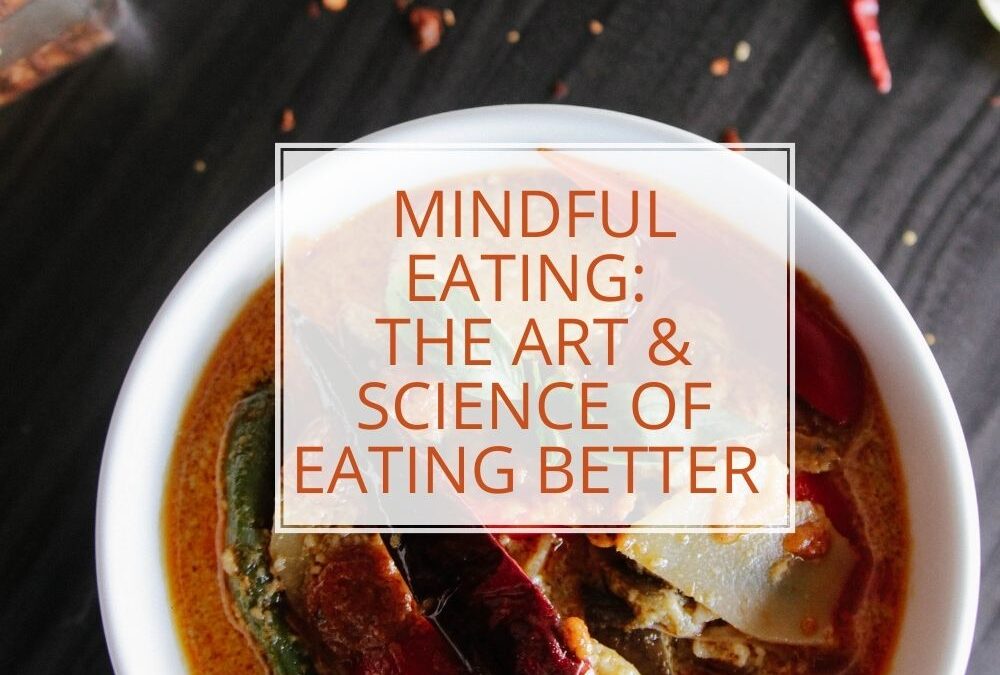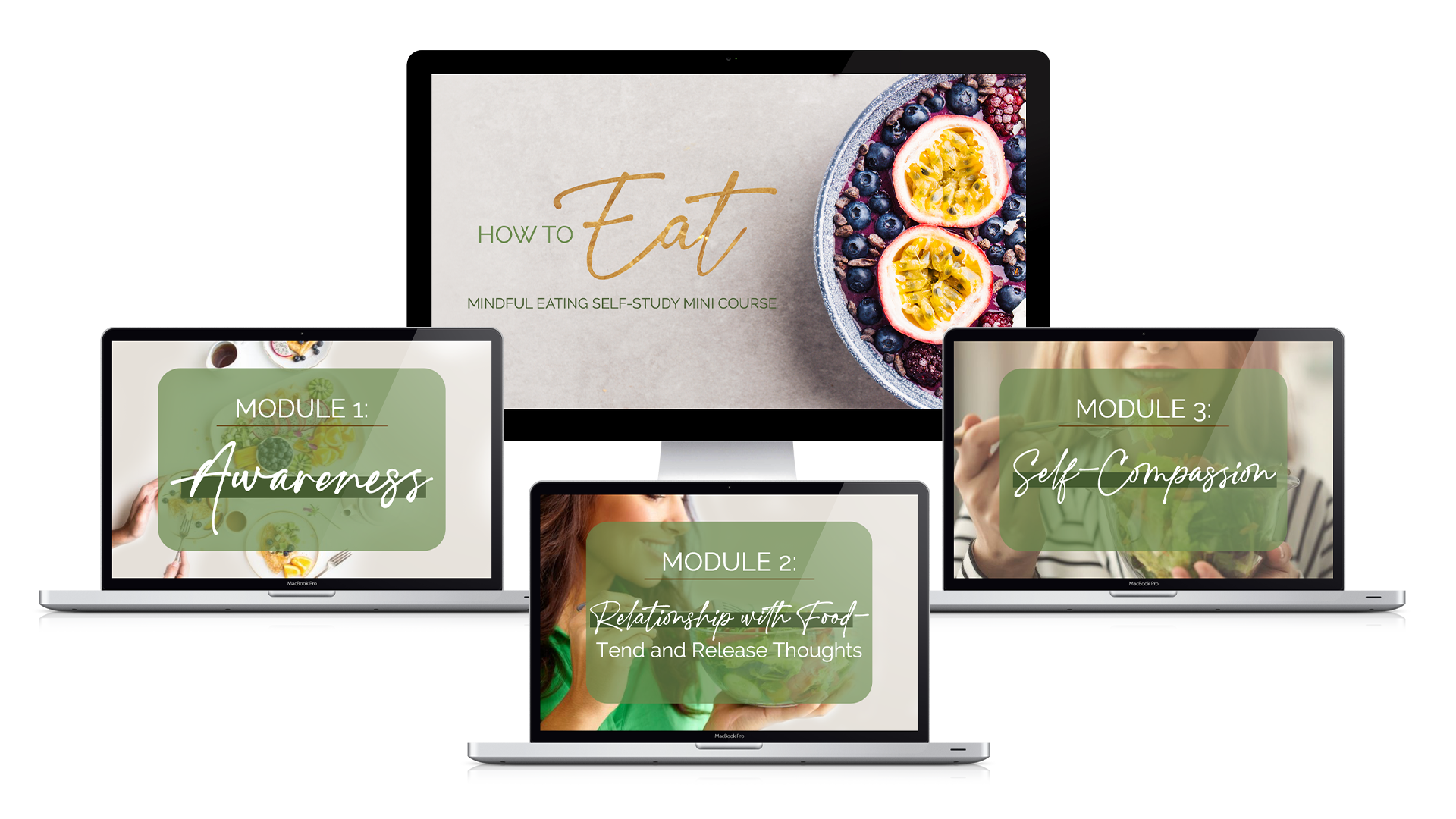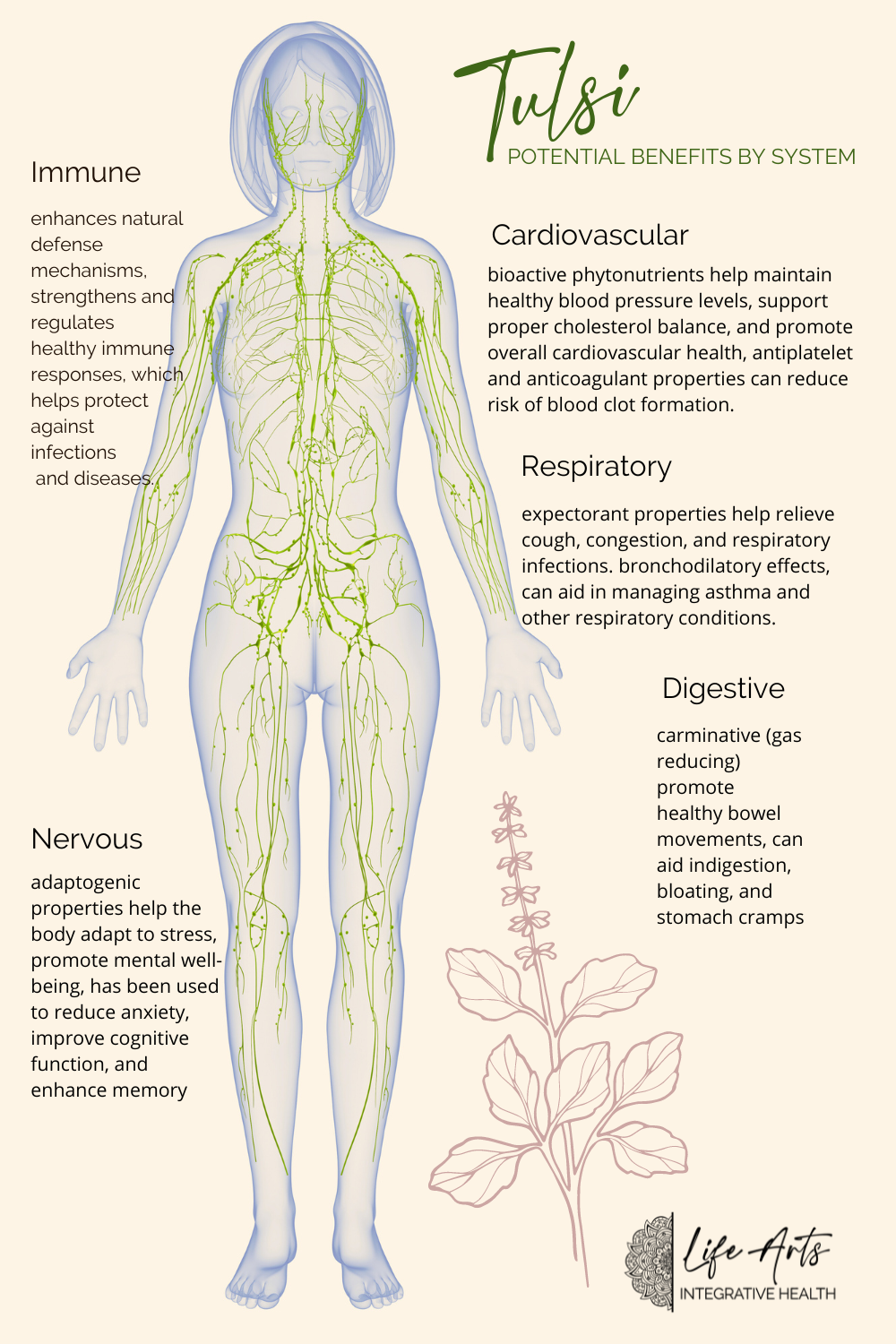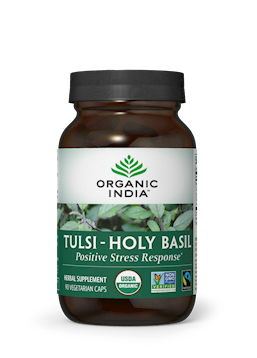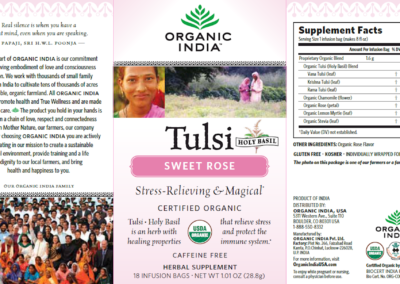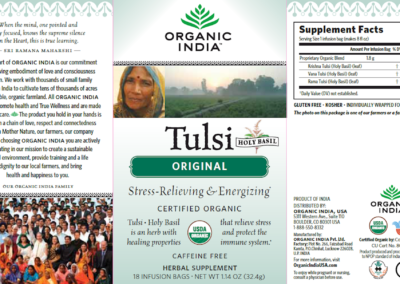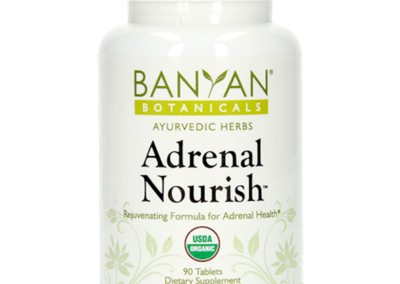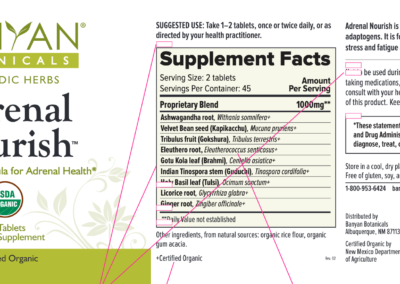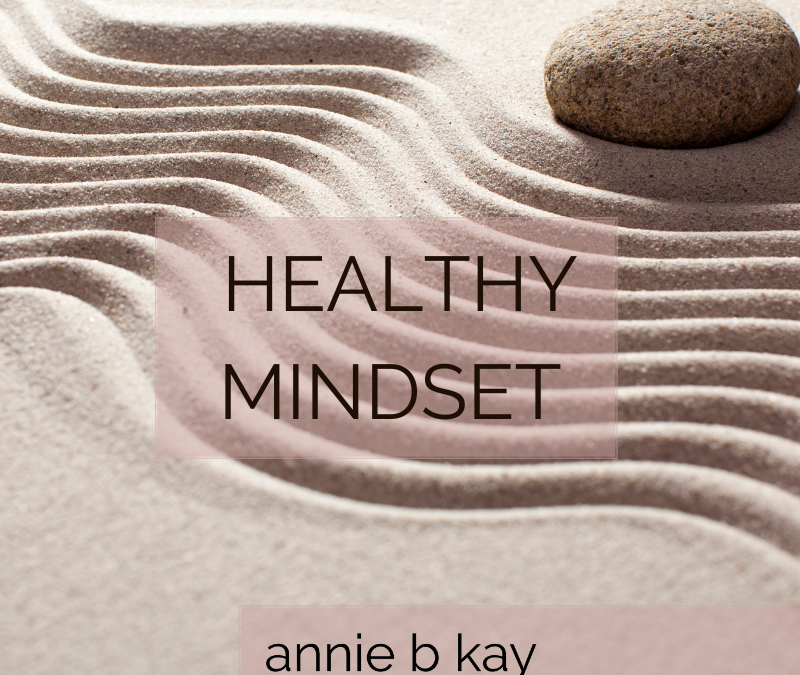Each of the restraints (Yamas) and observances (Niyamas) can be explored in this way. One exercise I share with students is to practice each of the yamas and niyamas fully for a day, with the intention of finding out what each of them mean for you.
The flexibility of a concept like non-violence or compassion allows for each practitioner to find relevance, as non-violence – in diet, for example – for some means forgoing all animal foods (following a vegan diet) – while for others it means non-restrictive eating.
Is There a Yoga Diet?
Why, yes there is. There is a concept in yoga that focuses on qualities or characteristics (Gunas). There are three characteristics, including purity-clarity (Sattva), mobility-activity (Rajas) and restraining-obstructive (Tamas).
Different foods have these characteristics, and the yogis suggest that we take a primarily pure-clear (Sattvic) diet, which is a light diet rich in vegetables, appropriate whole grains and spices, and avoid too many heavy (Tamasic) foods, which are energy rich and devoid of nutrients or life.
What is Ayurveda?
Ayurveda is often called a sister science of yoga, and is its medical and healing system. It is as complex as Western nutritional medicine, so a brief paragraph does not do it justice. I think of Ayurveda as the original mind-body-spirit integrated medicine developed thousands of years ago. Its foundational principles describe an elegant nature-based mind-body-spirit integrated system that makes intuitive sense.
Ayurveda honors the rhythms of nature, the earth and life. Your schedule of sleeping and rising, eating, moving and even learning have a peak rhythm based on who you are, where you live, the season, and time of day.
How Does Ayurveda Fit Into Yoga Therapy?
A driving principle in Ayurveda is to find balance of the five elements (earth, water, fire, air and ether) of which all matter is composed. So, an Ayurvedic diet uses the taste, temperature and characteristics of food that reveal a dominant element to aid in rebalancing. Generally, like increases like (ex, spicy food on a warm day will make you even warmer) and opposites balance (cool food on a hot day will cool you off).
Western clinical science has been finding, over the past decade or two, that much of what Ayurvedic practitioners have suggested for thousands of years actually has Western scientific validity. The sorting, testing, validating and adapting process of Ayurveda to our Western modern life is going on right now.
How can Yoga Therapy benefit Nutrition-related Conditions?
With recent scientific advances into nutritional psychiatry, digestive health and genetics, it seems every health condition is a nutrition-related condition. Certainly the chronic conditions – those that take years to develop – are prime targets for lifestyle medicine, including yoga therapy. What you eat profoundly impacts every aspect of your life.
That said, there are some particular life events and medical conditions where blending yoga with integrative clinical nutrition have been shown to be especially helpful.
Health conditions that respond to nutrition and to yoga therapy:
Digestive Health:
Every gut imbalance is a mind-body issue. In Ayurveda, the first thing you might do to improve digestion is to eat in a calm and pleasant environment. Eating mindfully, chewing adequately, moving and breathing to support digestion have been only recently considered in modern nutrition yet can transform your digestion. Using these yogic principles along with Western integrative protocols and medically indicated diets can rebalance many a digestive system out of whack.
Mindful eating is a meditative practice that has done nothing less than transform the way I am many integrative nutritionists do what we do. If you’re interested in beginning this profound eating practice (for those who want to eat well…but don’t), I’ve developed a mini-course to help you get started.
How to eat: Mindful Eating Mini-course
Emotional Eating and Eating Disorders:
Stress, anxiety and wildly unhealthful Western beauty ideals have created an epidemic of body self-hatred and deeply disordered eating patterns in women and men of all ages. Diet culture is everywhere and hard to escape. The truth is that you have a natural weight and shape, and beauty comes in every shape, size, color, age and variety. Your intrinsic value as a human is NOT connected to your body size. Every person has value. Learning to manage stress through life rather than food, and learning how to feed, and how to love your healthy body as it is can help you heal these deeply destructive, and at times downright deadly issues.
Metabolic Health:
Diabetes, Heart Disease, and other ‘Syndrome X’ conditions. Yoga therapy can help you move safely if you don’t move very much. It helps cultivate a kind and gentle mindset toward stress and your own body. It can help you open your heart and it supports realistic behavior change. It helps reduce stress. Combining yoga, and mindful meditation with Western medically indicated diets and strategies for these “X” conditions can be wildly successful. I’ve seen it – over and over and over again.
Much of my writing and teaching over the past couple decades have focused on how to heal body and mind from metabolic issues combined with emotional eating. My first book, Every Bite Is Divine, focuses on my own struggle with weight and eating, and is a foundational text for much of the work I do.
Inflammatory Pain:
Our Western diet is creates lots of inflammation. Inflammation combined with stress have made pain and inflammatory conditions like osteoporosis, arthritis and even complex conditions like fibromyalgia yet another epidemic largely preventable. My beautiful colleague Kathie Swift and I have been working together on integrating movement, nutrition and imagination – the mindset around pain – into a collection called Freedom from Pain. To see people come to us hurting, and leaving with a smile – is so satisfying!
Cancer:
The inflammation, fear and treatments of cancer can be really hard on the body, and the level of uncertainty this particular diagnosis brings can be nearly unbearable. Yoga to the rescue. I have a friend-colleague who has developed a program combining nutrition and yoga therapy for cancer diagnoses.
Check it out.
Aging:
Nutrition and movement are central to a healthy aging process, but it’s not easy. Keeping an eye on injury prevention, learning to work at your own pace and to create a way of eating that truly supports the increased nutrient demand (and waning energy needs) of aging is tricky. But, we’re doing it every day.
Pregnancy:
If there’s one time in a woman’s life where she eats well and learns to use the incredible power of her own breath and specific gentle movement to address her well-being, it’s while she is growing a new human inside. These are a natural combination of yoga and nutrition counseling and support.
This is really just the beginning of what a thoughtfully designed therapeutic yoga program can do. For each of these therapeutic areas, there are yoga therapists, and well-trained integrative licensed nutritionists that can help you navigate lifelong health and well-being.
If you or someone you love is interested in working in this with way, check out Truly Nourished, a high-impact personal program that blends nutrition clinical science with the wisdom of yoga and meditation.

